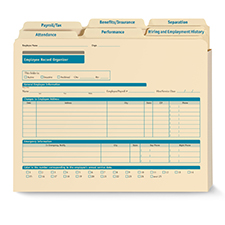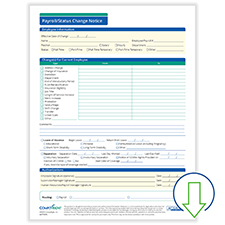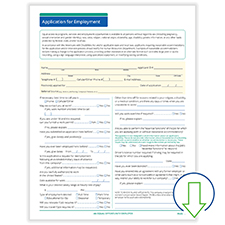
The good news: Many small businesses recognize the importance of establishing clear workplace rules and guidelines. The bad news: They’re not getting this information into the hands of every employee. By law, you must notify employees of certain workplace rights, such as equal employment opportunity, the Family and Medical Leave Act (if applicable) and workplace safety under OSHA.
Developing written company policies can help you set parameters with employees, as well as protect you legally should any questions arise later. A policy manual is a vital reference tool for your workers … but only if they have easy access to the content. As a responsible employer, it’s up to you to distribute up-to-date policies, whether in printed format or online. It’s essential, too, to obtain acknowledgement that each employee received a copy of the policy or handbook.
Let’s take a closer look at three best practices for company policy distribution:
- Get a signature — It’s a smart idea to have employees sign a statement acknowledging they have received and read your company policies. (Note: This can be an online acknowledgement via an electronic signature.) Although you’re not legally obligated to obtain signatures, doing so provides proof you informed employees of your company policies (including those requiring notification by law). This can reduce your legal risk if there’s ever a dispute regarding an employee’s awareness of a policy.
- Don’t force compliance — You might think it’s alright to issue a definitive statement that employees must follow the policy, but this can be problematic. An employee may refuse to sign an acknowledgement if they don’t agree with something in the policy. Instead, encourage them to acknowledge “receipt” of the policy, which is an important distinction.
- Explain the policy — Having a manager or supervisor review policies with employees — or answer any questions – can improve comprehension. Also make sure you let employees know that whether they sign or not, the policy still applies. They remain accountable for adhering to all workplace rules and practices.
Compile policies online or in a printed handbook
so they are easily accessible to every employee.
What If an Employee Refuses to Sign a Policy Acknowledgement?
While you can’t force an employee to sign a policy acknowledgement, it’s always wise to discuss their concerns. For example, you may learn an employee is resistant to wearing a uniform for religious reasons, for which you can allow an exception.
Also, you’re legally entitled to terminate an employee who refuses to sign the acknowledgement form (as most employment is at-will), but this is discouraged. This could send a negative message and hurt morale. Keep in mind, too, that if you take this approach, you must do so uniformly with all employees.
Instead, you should encourage a reluctant employee to:
- Submit a statement in writing: “I refuse to sign the acknowledgement form” (email is fine if you handle your policies electronically)
- Have a supervisor indicate in a signed and dated document that the employee refused to sign the acknowledgement form
The objective here is to document that you asked an employee to sign the acknowledgement – and they declined – but they still were made aware of the policy. This is necessary if any legal issue should arise.
Ease the Distribution Process with a Web-Based App
Making sure employees receive copies of your policies – and tracking confirmation of receipt — can be an organizational headache. The Company Policies Smart App makes developing and distributing company policies a cinch. With just a few clicks, you can publish policies and notify employees, or print them out to distribute, depending on your needs. You can also see which employees have viewed each policy to track confirmation of receipt.






 Shopping cart
Shopping cart













